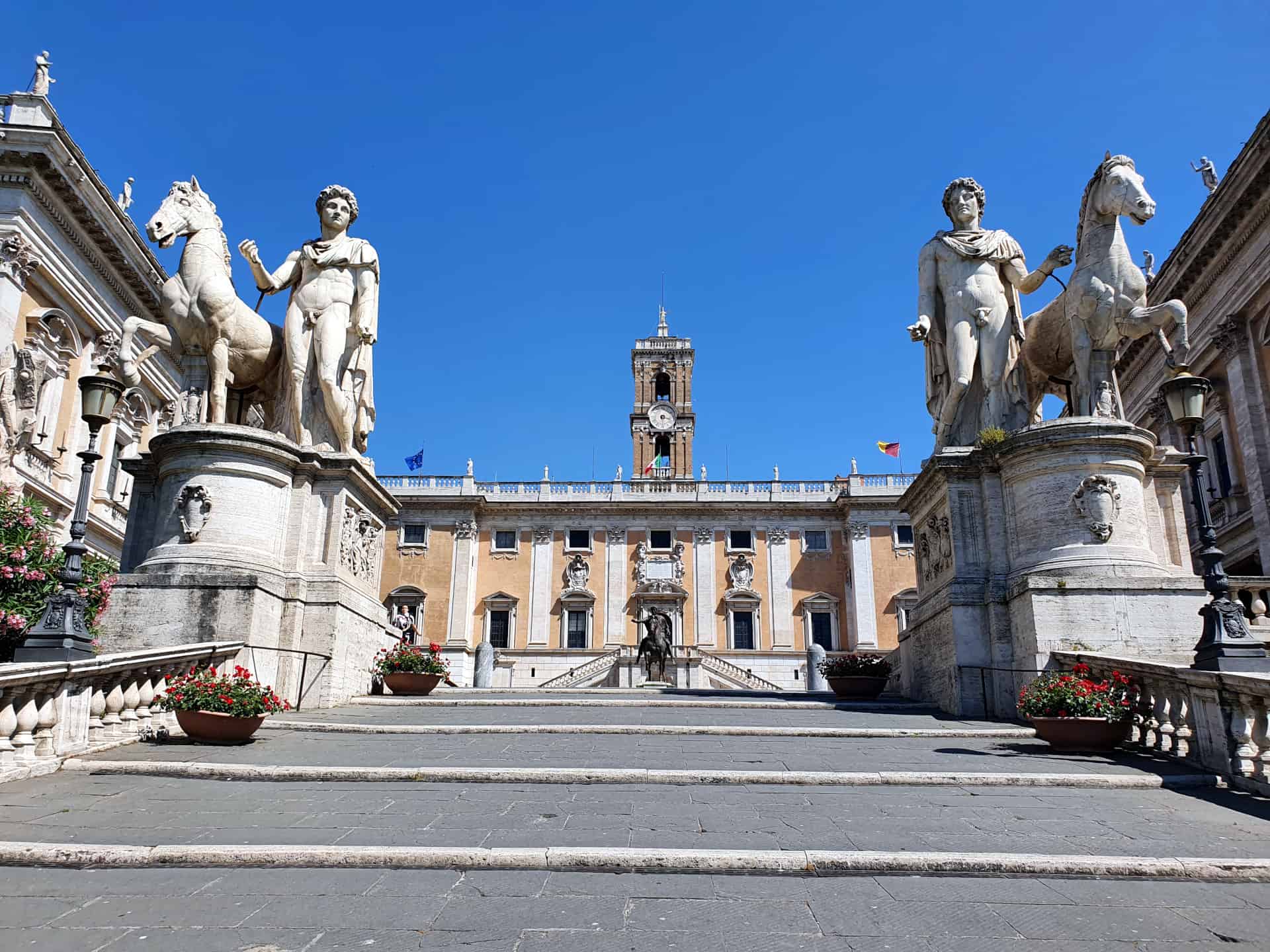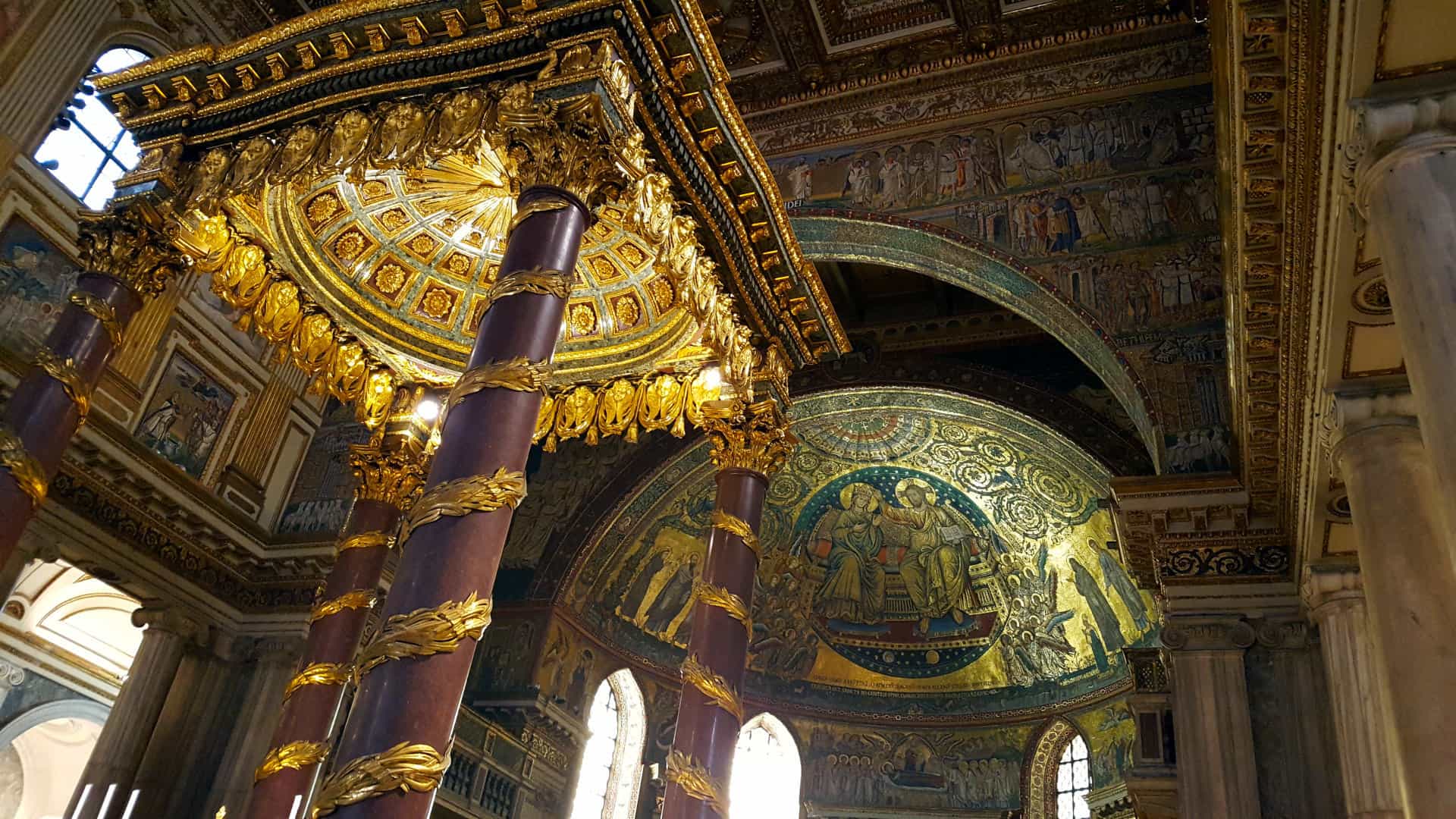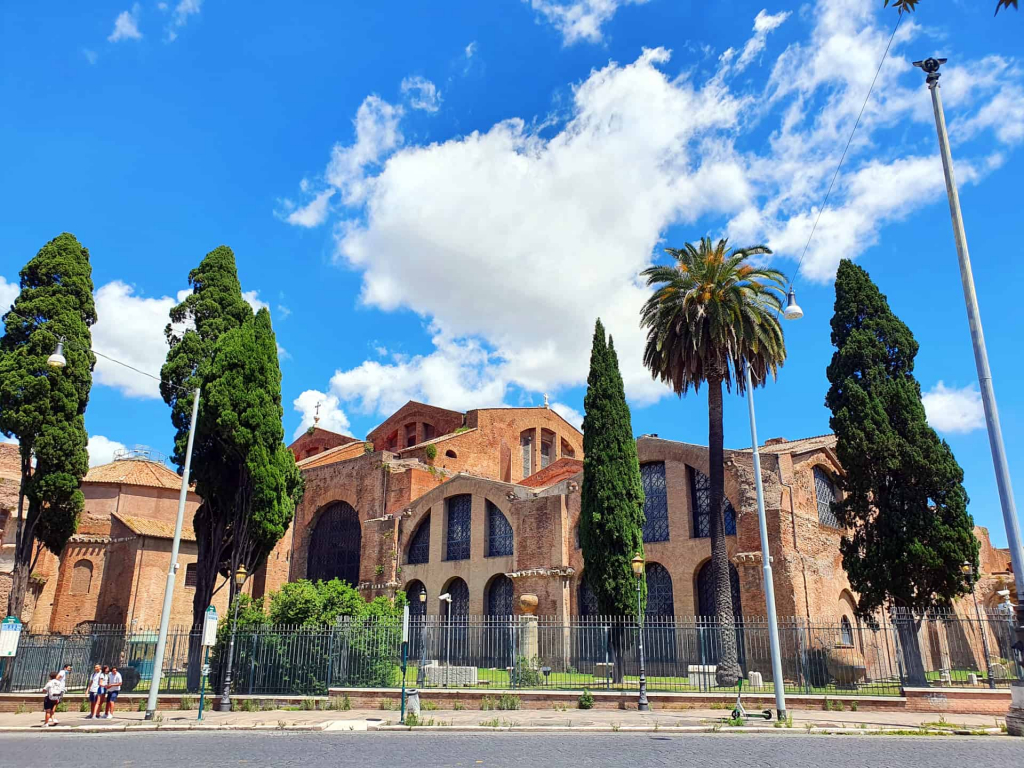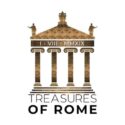
10 Places to Visit in Rome
Have you asked yourself what to do in Rome? Is there more to explore than the Colosseum and the Vatican? Well yes, there is!
Here you will find 10 places to visit in Rome to help you out!
Pope Sixtus IV laid the foundation stone for the world’s first museum collection when he donated a collection of antique statues to the city in 1471. In 1566 Pope Pius V extended the collection. In 1734 Pope Clemens XII declared Palazzo Nuovo and Palazzo die Conservatori a public museum.
One of the most important pieces is the ancient equestrian statue of Emperor Marcus Aurelius, which was mistaken for a representation of Constantine.
The remains of the Jupiter Temple, the Capitoline Wolf, the Capitoline Venus, the Dying Gaul, Berninis Medusa and Caravaggios John the Baptist are also outstanding.



The ruins of the once flourishing port city of Ostia Antica have already been excavated halfway. Houses, temples, theatres, shops, baths and inns still bear witness to Rome’s trading centre.
An extensive archaeological treasure trove for hobby archaeologists and people who want to immerse themselves in the life of ancient Romans.
The city was founded around 335 BC, was once protected by a 2500 m long wall, and was largely abandoned after the fall of the Western Roman Empire.

Il Gesù is the main church of the Jesuit Order, founded in 1534 by Ignatius of Loyola and confirmed in 1540 by Pope Paul III.
Cardinal Alessandro Farnese, the grandson of Pope Paul III, financed most of the construction of the church and was buried there.
The church interior was designed by Giacomo Barozzi da Vignola and corresponds to the concept of the ideal church interior of the Council of Tridente.
The baroque style of the church served as a model for numerous baroque churches. The magnificent interior represents the style of the Counter-Reformation. While Catholics ascend to heaven, unbelievers, heretics and Protestants fall into the fire of hell.
The ceiling painting is by Il Baciccia from the second half of the 17th century. It glorifies the monogram of Christ.
In the left transept is the altar of Saint Ignatius, created in 1700. It is one of the magnificent altars from the Baroque period.
In the right transept is the altar of Saint Francis Xavier. As a missionary of the Order he worked in India and Japan. The altar, created in 1679 by Carlo Maratta, shows the death of the saint. The silver reliquary houses his forearm bones.



Sant’Andrea della Valle is the main church of the Theatine Order. The building site was made available by the Duchess Constanza Piccolomini d’Aragon of Amalfi in 1582. Construction began in 1581 under the direction of Carlo Maderna and was completed in 1665 under Carlo Fontana.
With a length of 82.5 m, it is one of the largest baroque churches in Rome.
The church is famous for its fine Baroque architecture and dome. It is the second highest, after St. Peter’s, the third biggest in Rome and one of the most beautiful. The dome is supposed to represent the glory of paradise.
Pope Pius II and Pope Pius III are resting in the church. The relief at the tomb of Pope Pius II shows the transfer of the head of Andrew to Rome.
The church is the scene of the first act of the opera Tosca.

The Domus Aurea was an 80 hectare palace built by Emperor Nero after the fire of the city in 64 AD. It occupied three of the seven hills of Rome. There was a large artificial lake as well as other smaller lakes and forest areas inhabited by exotic animals.
The walls and ceilings were painted or covered with marble slabs or gilded. In Nero’s biography, the Roman writer Sueton describes the magnificent building as follows: The walls of the palace are said to have been clad in gold and nacre. There are said to have been fixtures on the ceilings from which guests were sprayed with flowers and perfume. The baths were fed with sea and sulphur water. When the construction was finished, Nero said he could finally live like a human being.
After Nero’s suicide in 68 AD, his successors gradually returned the land to the Roman people. Emperor Vespasian had the lake drained and the Colosseum built here. Trajan built thermal baths over the palace and had parts filled with earth.
Today only a small area of the Domus has been preserved. Of this part, which has an estimated 300 rooms, 32 have been uncovered so far. Since no bedroom has yet been found, it is assumed that this section of the palace was used purely for festivities.
As there is a very high humidity in the building and a constant temperature of 10 °C, it is especially recommended to take a jacket with you when visiting.



The Palazzo Quirinale was commissioned by Pope Gregory XIII in 1573. Since malaria spread in the 16th century, the building on the highest hill of the city was to serve as a summer residence. Until the Palazzo was completed around 1730, many renowned architects, including Bernini and Ferdinando Fuga, worked on its construction.
Between 1870 and 1946 the Palazzo served as the residence of the Italian royal family and since 1947 it has been the seat of the president.
In the Piazza del Quirinale, there is an obelisk that originally stood at the entrance to the Mausoleum of Augustus. The 5.6 m high statues that flank the obelisk are the Dioscuri, Castor and Pollux found in the thermal baths of Constantin.

The Chiesa Nuova was built at the end of the 16th century on the ruins of a 12th century basilica. Saint Filippo Neri is buried in the church. He is best known for making his Roman followers humiliate themselves in public. He let them wander through the streets in rags and used them to build his church.
To the left of the basilica is the Oratorio dei Filippini, which, like the church, is linked to the history of Saint Filippo Neri. The church was decorated after the death of Saint Filippo inside, against his express will.
The ceiling fresco of Pietro da Cortona, shows Filippo’s vision. The altarpiece is by Peter Paul Rubens.



Sant’Ignazio di Loyola was built in 1626 by Pope Gregory XV in honour of Saint Ignacio di Loyola, founder of the Jesuit Order. It is the second largest Jesuit church and together with Il Gesù forms the centre of Rome’s Jesuit congregation.
The ceiling fresco by Andrea Pozzo was painted between 1691 and 1694 and depicts the “Apotheosis of Saint Ignacio and the spreading of the fire of divine love by the Jesuit order”. Illusionistic pseudo-architectures simulate an opening of the nave to heaven.
The never realized dome is created by optical illusion.
In the transepts, Saints of the Jesuit Order rest. On the right is Saint Aloysius of Gonzaga, who at the age of 17 renounced his principality in order to join the Order. To the left rests Fleming Johannes Berchmans, who was a role model for many members of the order due to his behaviour faithful to the rules.
Furthermore the holy Cardinal Roberto Bellarmino and Pope Gregory XV rest here.
Piazza di Sant’Ignazio is one of the best examples of Roman rococo.

Santa Maria Maggiore is one of the five Pope Basilicas of Rome and one of the six Basilicae majores. It is in the extraterritorial possession of the Vatican State and houses one of the four holy doors. It is one of the most beautiful churches in Rome.
The obelisk was placed in 1587 by the gate of the Mausoleum of Augustus in the square behind the church. The ancient pillar in front of the entrance, on which the Virgin Mary is enthroned, is the only preserved column from the Maxentius Basilica.
The facade mosaic represents the founding legend of Santa Maria Maggiore. The Virgin Mary appears on August 5, 352, Pope Liberius and the Roman patrician John in a Dream and entrusts them with the construction of a church in the place where they will find snow the next day. In fact, the next morning, on the site of today’s construction, they find snow in the form of a basilica. To commemorate this event, white petals are scattered every 5 August.
The coffered ceiling was decorated by Giuliano di Sangallo between 1493 and 1498 with the first gold deliveries from America, which the Spanish royal house donated to the Pope.
To commemorate the return of His Holiness from Avignon to Rome, the bell tower of the church was built in 1377. At 75 metres high, it is the highest campanile in the city.
The ideas for the mosaics, created around 440, probably came from Leo the Great, who was advisor and successor to Pope Sixtus III.
“By the Holy See of Blessed Peter you (Rome) became a God consecrated race, a chosen nation, a state of priests and kings, the head of the world. ” – Quote from Leo the Great (Sermo 82:1)
Fragments of the crib of Christ are kept in the reliquary in front of the main altar.



The Museo Nazionale etrusco di Villa Giulia is in the old summer residence of Pope Julius III. The museum was founded in 1889, with the aim of collecting together all the pre-Romanantiquities of Latium, southern Etruria and Umbria belonging to the Etruscan and Faliscan civilizations. It is now the leading museum for Etrurian Art.
The famous Sarcophagus of the Spouses, the Apollo of Veii, the Centaur of Vulci are some of the most impressive pieces.

Treasures of Rome – Rome Guided Tours
Roberto Alois Lautenschlager Kung
[email protected]
Partita IVA: 17002181000
“ROMA AETERNA EST”
Rome is eternal – (Albius Tibullus)
